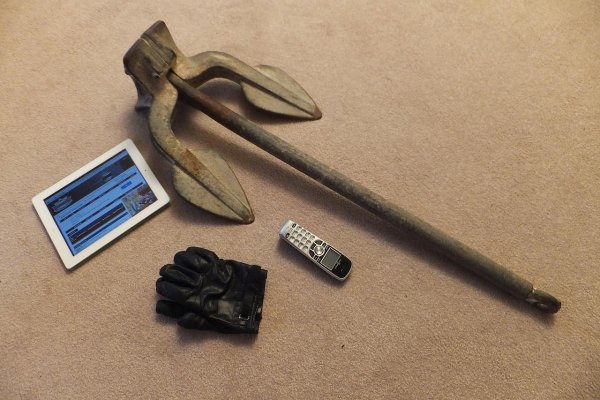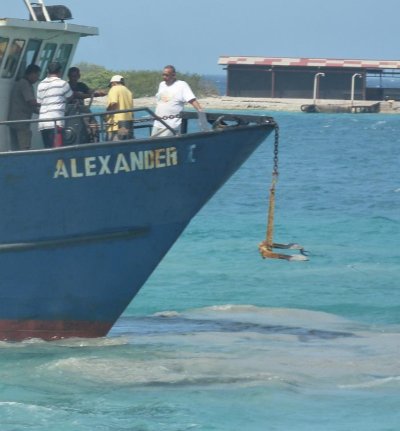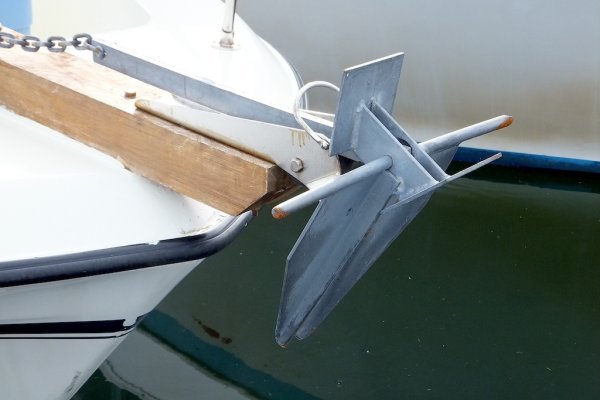Bigger is better
Marin,
All anchor designs with moving fall to the same fate, ware,as soon as the gal wears of corrossion is rapid, further sand anchors dread naughts, all rear pivoting shanks have enourmous leverage applied, concentrated on the shank stop and the shank pivot, that last post of ERIC'S IS a typical example of an anchor looking fine but worn beyond it's limits.
Erics anchor with the long shank, this anchor is obviously not a high holding power anchor,it will bury no deeper than the crown and has small flukes, if your short anchor rhode is laying, then pulled tight with a bullet of wind, your rhode would need to be greater than 35 degrees otherwise the flukes will just skip across the substrate.
The long shank would only enhance this problem because of the leverage it has over it's flukes,further this design would rely on heavy chain and long rhode I believe is needed to keep the shank as low as possible.
I also believe it is limmited in the types of substrate it will be effective in.
Eric you will find the shank to be off high tensile steel, so will be the shank pivot, one millimeter of wear on the pivot can raise the end shank hieght by ten millimeters, the higher ,the wider the throat opening the less drive on the flukes is produced.
The origional CQR anchors had long shanks, the longer the shank the more stable dragging when setting, long shanks are also married to throat opening, the wider the throat opening the longer the shank has to be to create drive through it's fluke.
Eric this is why I say probably about 35 degrees, unless you have designed the anchor your self and fully understand the phyisic's you are playing with, then my advice is to leave well enough alone.
Regards Rex
CEO of Anchor Right Australia.



